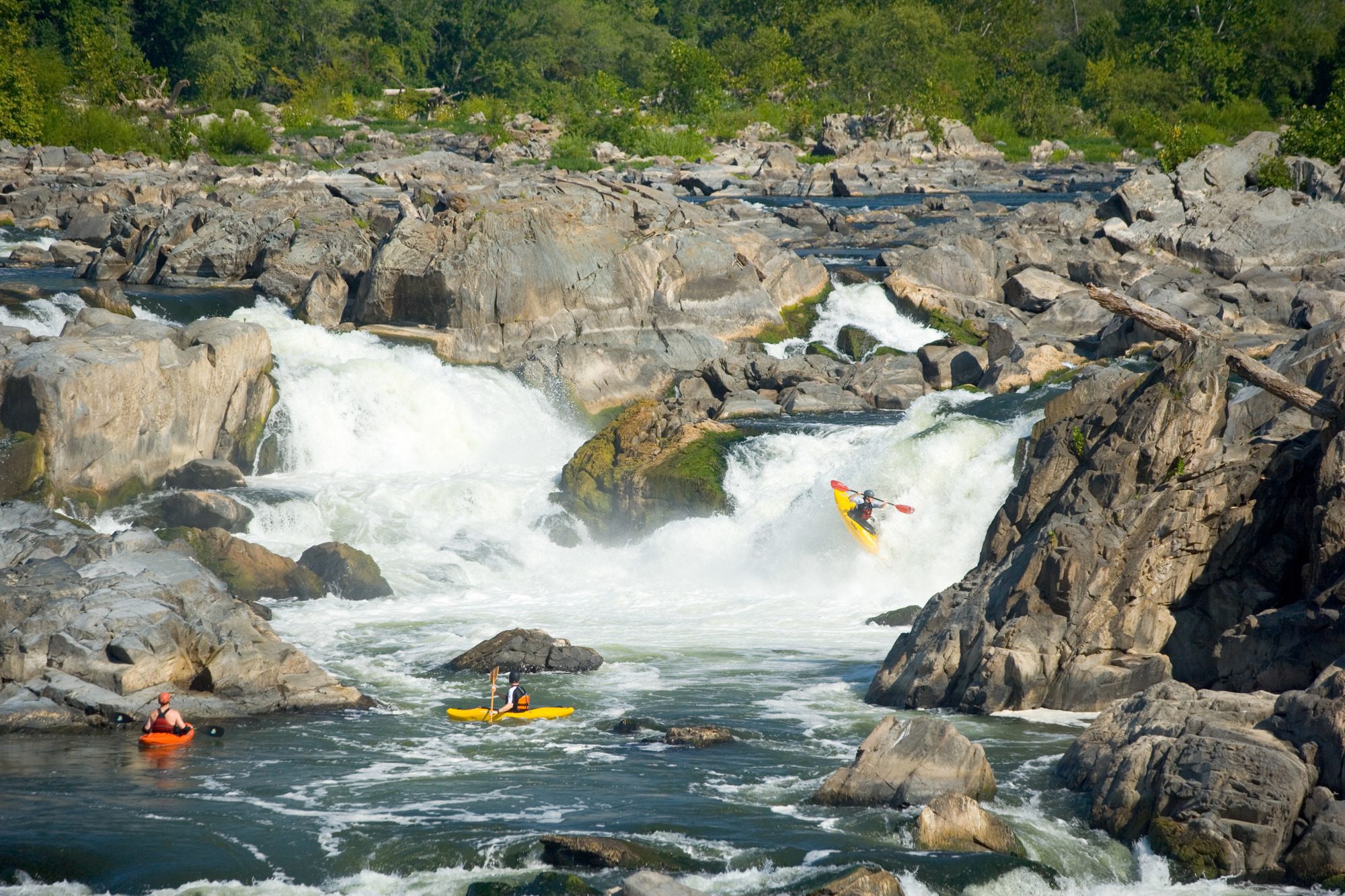Long before its exploration by European explorers and later settlers, the land now known as Delaware, was inhabited by several groups of Native Americans, including the Lenape in the north and Nanticoke in the south.
Originally colonized by Dutch traders at Zwaanendael in 1631, Delaware was one of the Thirteen Colonies that took part in the American Revolution and on December 7, 1787, Delaware became the very first state to ratify the Constitution, and has since been known as “The First State.”
With a history so deep and rich, it wouldn’t be surprising to learn that Delaware contains a wealth of national historic sites and national, natural preserves, even within its relatively small landmass.
Below are a few can’t-miss stops when visiting the Diamond State – also home to the 46th President of the United States, President Joe Biden:
CAPTAIN JOHN SMITH CHESAPEAKE NATIONAL HISTORIC TRAIL
Delaware’s tale, at its heart, is one of exploration and discovery. First inhabited by humans at the end of the last Ice Age, this part of the country was once a thriving and diverse home to numerous native tribes over the years. In 1608, Englishman Cpt. John Smith first explored this landscape, documenting the various indigenous tribes that already occupied the land. As more white settlers arrived from Europe, tensions between these newcomers and natives that made their home in these lands grew and this national park stands today as a monument to that struggle, and a historical record of the hundreds of years of human life in this early frontier territory.
CHESAPEAKE BAY NATIONAL PARK
At a surface area of nearly 4,500 square miles and lies between the Delmarva Peninsula to the east and the North American mainland to the west, Chesapeake Bay is the United States largest estuary. It also is one of its most ecologically and economically important. Known for its beauty and bounty, the Bay was long home to native tribes that settled on and around its shores for hundreds, if not thousands, of years living off its plentiful natural resources like crab, fish, and oysters. This national preserve that crisscrosses through several states along the borders of the Chesapeake stands to remind and remember the flourishing past of this great body of water and to protect it for centuries and generations to come.
WASHINGTON-ROCHAMBEAU REVOLUTIONARY ROUTE NATIONAL HISTORIC TRAIL
History and military buffs will not want to miss this historic trail that runs right through the heart of the First State. Marking the largest mass troop movement of the entire Revolutionary War, this site also celebrates a unique and vitally important joining of allies to defeat the British during America’s war for independence. General Jean Baptiste Donatien de Vimeur, Comte de Rochambeau arrived in Narragansett Bay, Rhode Island on July 11, 1780, with a mass of over 4300 men led by about 450 officers. This strategic alliance would prove essential to the years-long, joint campaign being waged by the Colonial Army led by General George Washington and French forces aiding the colonial cause, which culminated with the unconditional surrender of British forces the following year at Yorktown. This national historic site stands today as a wellspring of historical knowledge for all those interested in the struggle of an adolescent nation still struggling to survive.
FIRST STATE NATIONAL HISTORICAL PARK
The famous First State to ratify the constitution, Delaware’s date as a colony was largely unknown in its early days. This region was a conflict zone for three world powers at odds with one another in the early 18th century. The Dutch, Swedish, and English all laid claim to parts of Delaware during its early exploration, in addition to the many native tribes that had inhabited its shores for eons. This melting pot, often a tense and at times deadly one, between several disparate cultures formed the present-day Delaware ethos and instilled a distinct character in the region of religious and cultural diversity and acceptance and fierce individual independence.





